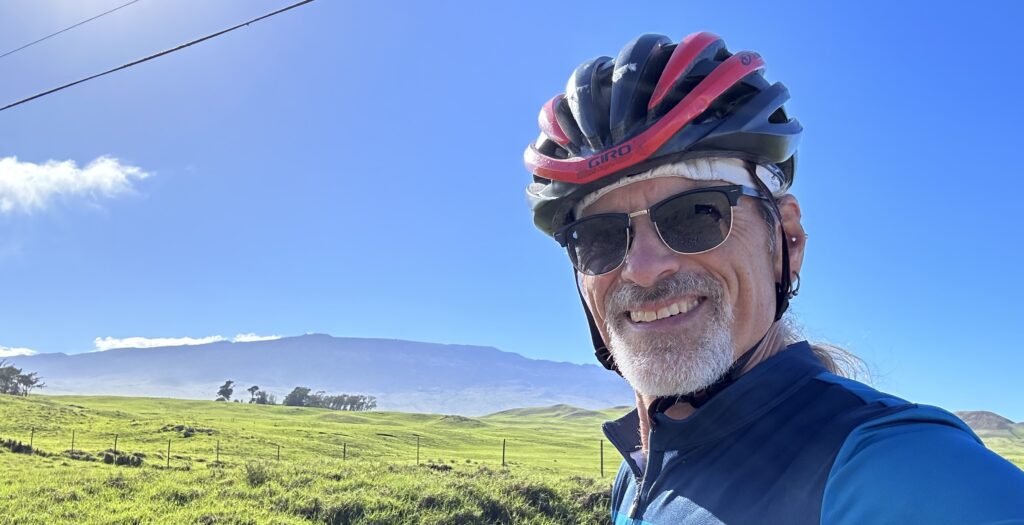Someone on Reddit asked about how to secure a bike while stopping to refill water which reminded me of similar problem I face when riding in Hawaii – there is just no water to refill with on some of my routes. This happens in particular with long gravel rides, but there are areas I ride which just don’t have convenience stores or gas stations – so what is one to do?
I carry an Ottolock, which is super lightweight and enough of a deterrent to prevent some kid from running off with my bike. Before someone shouts me down about these locks, note that it’s only a deterrent. A dedicated bike thief will cut right through it but for a quick water stop, I’m more concerned about some kid doing a grab and go. If you are primarily out for the ride (versus intending to stop and have coffee or eat lunch or something), a deterrent lock should be just fine.
If there’s no place to lock it up, I often bring the bike into the store with me (like a gas station or convenience store) – no one has ever complained.
As I mentioned, where I ride I often have a different problem – no shops or water anywhere for longer rides. I just recently added a saddle cage holder to my road bike so I can carry a total of 4 bottles with me for those rides. This one in particular is pretty inexpensive, mounted easily, and left plenty of room for a saddle bag. Carrying more bottles adds weight to the ride, but this allows me to do much longer rides in places where refilling water bottles just isn’t an option. If you’ve never used a saddle cage holder, be sure to get a good bottle holder (I can’t remember what I have, but it looks something like the profile design holder). If you use a bottle cage that isn’t a “complete loop” around the bottle, the bottles will go flying when you go over bumps. You can also add a strap to the bottles to hold them in since you’ll likely stop anyway to move the bottles around on your bike. I like this configuration a lot better than using a camelback or similar.






